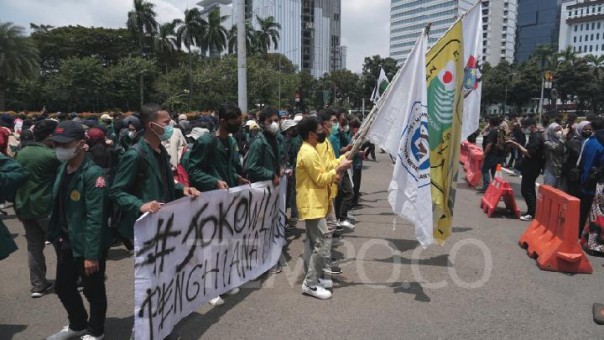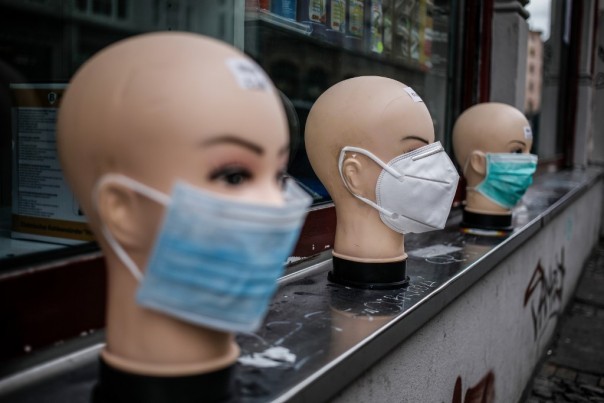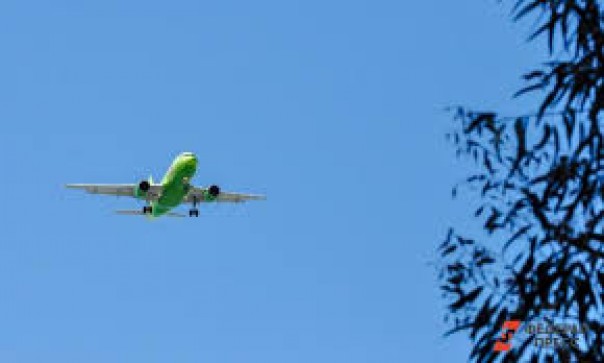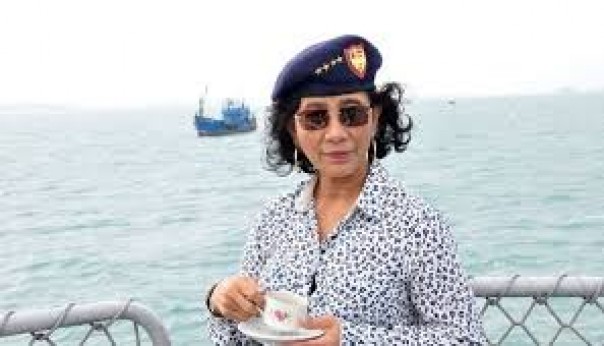NEWS24.CO.ID -
There are more than 190 ethnic groups among 142 million Russians. From ethnic Russians who make up 78 percent of the population to the Siberian Ket people who number more than a thousand. Most ethnic Russian have a European-like appearance, but not a few Russians are of Asian ethnicity.
The ethnic diversity of Russia often surprises tourists who already think that the population of this country is more homogeneous. Although there are more than 190 ethnic groups in Russia, the government does not formally classify certain ethnic groups as ethnic Asians.
Egor Kitov, a researcher from the Center for Physical Anthropology of the Russian Academy of Sciences, believes that there are three possible definitions of the use of Asian terms in the Russian context.
First, Asians are those who live in parts of Asia, Kitov told RBTH. Second, Asians are largely a matter of self-identification based on language and culture. The Turks and Tungus can be categorized as Asians, Kitov added.
Third, Asians are descendants of the Mongoloid race. In Russia, they included the Kalmuk, Evenk, Yukagir, Buryat, Tuva, Khakass, Chukchi, Koryak, Eskimo, and Aleut tribes.
There are more ethnic descendants of the Mongoloid race in Russia, he explained. However, it is not easy to identify them because "modern Russian territory is divided into at least two races: Caucasian and Mongoloid," and after years of coexistence, they have mixed with each other.
Professor Ilya Perevozchikov, who co-authored lecture textbooks for anthropology students in Russia, agreed with Kitov. To RBTH, he said that the Asian term was quite misleading and unclear. Tatars and Kazaks who look like Asians, for example, come from mixing and have Caucasian and Mongoloid blood.
Perevozchikov said race and ethnicity were completely unrelated. Race is a biological concept, while ethnicity is only a social idea, he added.
 Monday, Apr 13, 2020 | 02:52 pm LT
Monday, Apr 13, 2020 | 02:52 pm LT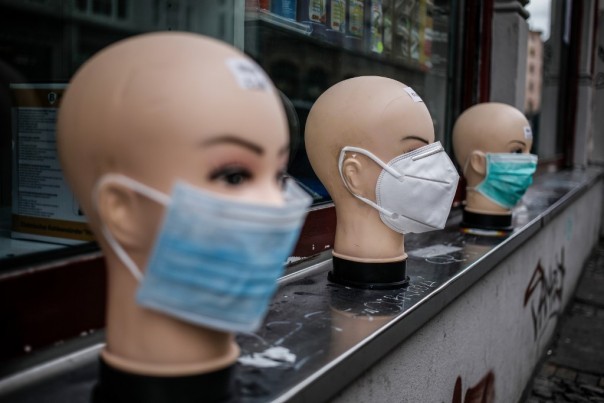 Monday, Apr 13, 2020 | 02:44 pm LT
Monday, Apr 13, 2020 | 02:44 pm LT Tuesday, Apr 07, 2020 | 03:44 pm LT
Tuesday, Apr 07, 2020 | 03:44 pm LT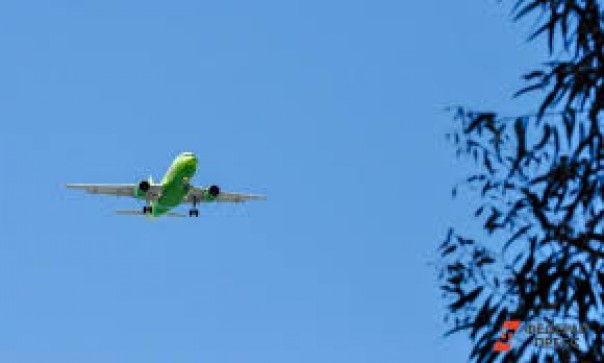 Friday, Jul 05, 2019 | 02:57 pm LT
Friday, Jul 05, 2019 | 02:57 pm LT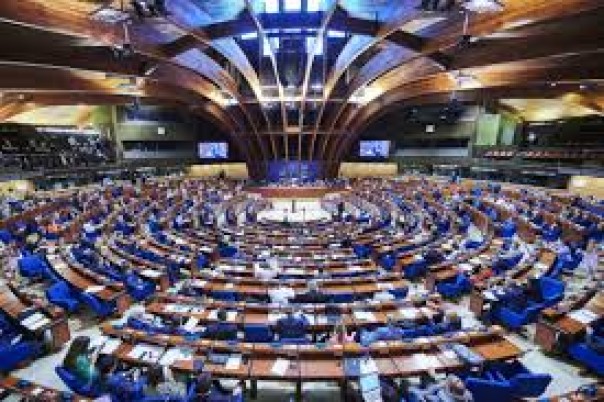 Wednesday, Jul 03, 2019 | 02:29 pm LT
Wednesday, Jul 03, 2019 | 02:29 pm LT Friday, Nov 02, 2018 | 09:30 am LT
Friday, Nov 02, 2018 | 09:30 am LT






